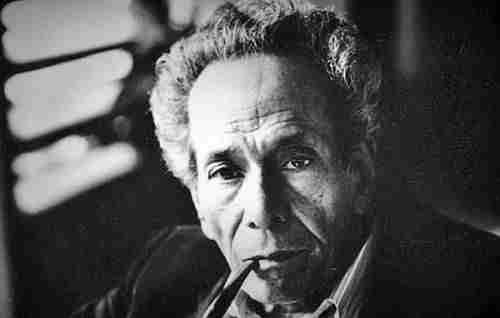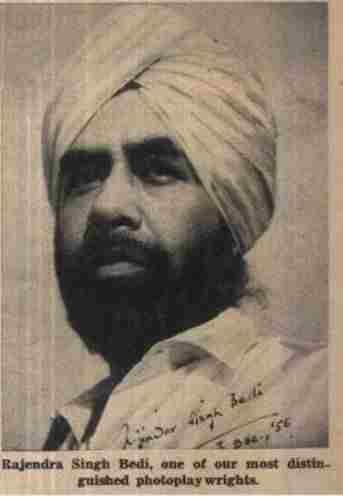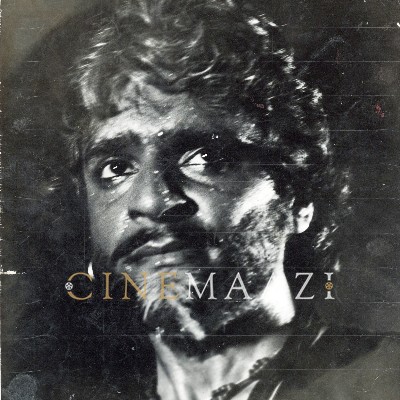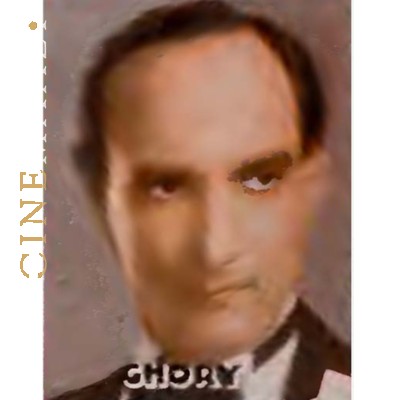B P Mishra
- Real Name: Bhagwati Prasad Mishra
- Born: 1896 (Benares, British India)
- Died: 19 June 1932 (Bombay presidency, British India)
Being a painter and photographer, prolific Hindi film director, actor and writer from the early era of Indian cinema, Bhagwati Prasad Mishra was known for his aesthetically beautiful films. Along with colleague R S Choudhury, the works of B P Mishra—as he was better known—are considered among the first silent productions to emphasise the visual aspect rather than the plot. He directed more than 50 films in the course of his career starting from the silent era of the 1920s to the 1930s. Born in 1896 in the Payasi village of Deoria district in Benares, after completing his education he was drawn to the arts. He initially became known as a photographer and painter, also serving as an apprentice to painter Hussain Bux from 1916 to 1921. His interest in theatre also saw him work with the Vyakul Bharat Natak Mandali group in Meerut. In 1921, he made an unusual entry into the world of film, joining Star Film as poster designer; three years later, he would make his directorial debut with Razia Begum (1924), which caused communal controversy in Hyderabad. He went on to work with Ardeshir Irani’s Star, Majestic, Royal and Imperial Studios as actor-director. He would make some of Imperial’s big-budget sequels to Alam Ara (1931). In time, he promoted the independent companies Indian Pic. Corp. and Zarina Pics. Joining Sharda and Sagar Studios, he was associated with these studios for the rest of his life. Mishra is also known for creating several covers and illustrations for press books, including the attractive designs for Naharsinh Daku (1925). He is also credited with giving legendary actor Prithviraj Kapoor a break when he first cast him as an extra in his film Be Dhari Talwar (1929) and then as the male lead in his film Cinema Girl (1930). He also gave Mehboob Khan a chance to act as one of the thieves in Alibaba and the 40 Thieves (1927).
Mishra’s directorial debut Razia Begum, which he co-directed with Nanubhai Desai in 1924 for Majestic Films, was a historical starring Dhirendranath Ganguly, Raja Sandow P K, and Zillu. Its depiction of a Muslim princess falling in love with a Hindu reportedly irked the then-Nizam when the film released in Hyderabad, causing a communally polarised environment. It resulted in the expulsion of actor-producer Ganguly from Hyderabad and the closure of his Lotus Film Co.
Among Mishra’s earliest directorials for Majestic was Veer Durgadas (1924). A historical, it depicted the life of the great Rajput warrior who challenged Aurangzeb, defeated him and saved the Rajput honour. Mishra himself also essayed the role of Aurangzeb alongside a cast that included Zillu and Asooji.
His directorials that followed include Vijaya (1924), Ra Navghan (1925), Amarsingh Dagger (1925), Devi Ahalyabai (1925), Kali Nagin (1925), Nahar Singh (1925), Noor-e-Deccan (1925), Paisani Khumari (1925), Rana Pratap (1925), Ujaint Kumar (1925), Shri Vatsa Chinta (1925), Naharsingh Daku (1925), Amar Singh Dagar (1925), Indrajal (1926), Pahari Pindhari (1926), Pyari Mamta (1926), and Sheesh Mahal (1926).
His 1927 Imperial release Allauddin and The Wonderful Lamp (1927) was reportedly produced at a cost of Rs 40,000 at the time. Starring Elizer, Yusuf and Zebunissa, this fantasy genre film was a big success and gave tough competition to William Fox’s version of the fantasy being shown simultaneously in Bombay.
Mishra’s Cinema Girl (1930) was perhaps the first Indian film to depict the functioning of the Indian film industry through the eyes of a disgruntled director. One of its major characters was a producer based on the Kohinoor proprietor D N Sampat. The film included a reference to a real-life incident when the studio, on the brink of bankruptcy, survived thanks to money donated by its employees.
Working with Ardeshir Irani’s Star, Majestic, Royal and Imperial Studios as actor-director, Mishra made some of the latter’s big-budget sequels to India’s first talkie Alam Ara (1931).
His filmography of silent films include Hoor-e-Baghdad (1928), Ek Abla (1928), Kamla Kumari (1928), Samrat Ashok (1928), Anarbala (1929), Mirza Sahiban (1929), Jay Bharati (1929), Mewad Nu Moti (1929), Raj Ramni (1929), Shashikala (1929), Sher-e-Arab (1930), Arunodaya (1930), Golibar (1931), Toofani Taruni (1931), and Toofan (1931).
Draupadi, his directorial of 1931, was a big-budget mythological production from Ardheshir Irani’s Imperial Movietone. It starred Khalil as Krishna, Ermeline as Draupadi, Jillo as Kunti, Jagdish Sethi as Duryodhan, Elizer as Yudhishthir, Prithviraj Kapoor as Arjun, and Rustam Irani as Bhim. The story, adapted from Vyasa’s Mahabharata, was based on the episode from the epic showcasing Duryodhan's plans of usurping Hastinapur and his subsequent attempt at shaming the Pandavas by disrobing Draupadi.
Zalim Jawani, which Mishra directed in 1932 for Imperial, was a historical fantasy drawn from the Rajput war sagas. It depicted the despotic Jaisingh (Poonawala) who usurps the throne of Achalgarh. The court intrigues involve the good Pratap (Vithal), lover of Princess Chandraprabha (Ermeline), hidden testaments from the dead King Udaybhanu, fortune tellers and a swayamvar (a public contest) to claim the princess as a bride. The film’s treatment of gender received an unusual twist when the misogynist Sher Singh (Hadi), a friend of Pratap, is forced to impersonate a woman to protect Chandraprabha from the villain Ranamal (Jamshedji).
His filmography as an actor includes Paap No Fej (1924), Veer Durgadas (1924), Shahe Jungle (1926), Ek Abla (1928), and Mahakavi Kalidas (1944).
As a writer, he is credited with penning no less than 17 films including Vijaya (1924), Shish Mahal (1926), Raj Rang (1928), Cinema Girl (1930), Draupadi (1931), and Zalim Jawani (1932).
Mishra passed away 19 June 1932 in Bombay presidency.
-
Filmography (44)
SortRole
-
Cinema Girl 1930
-
Mirza Sahiba 1929









.jpg)


